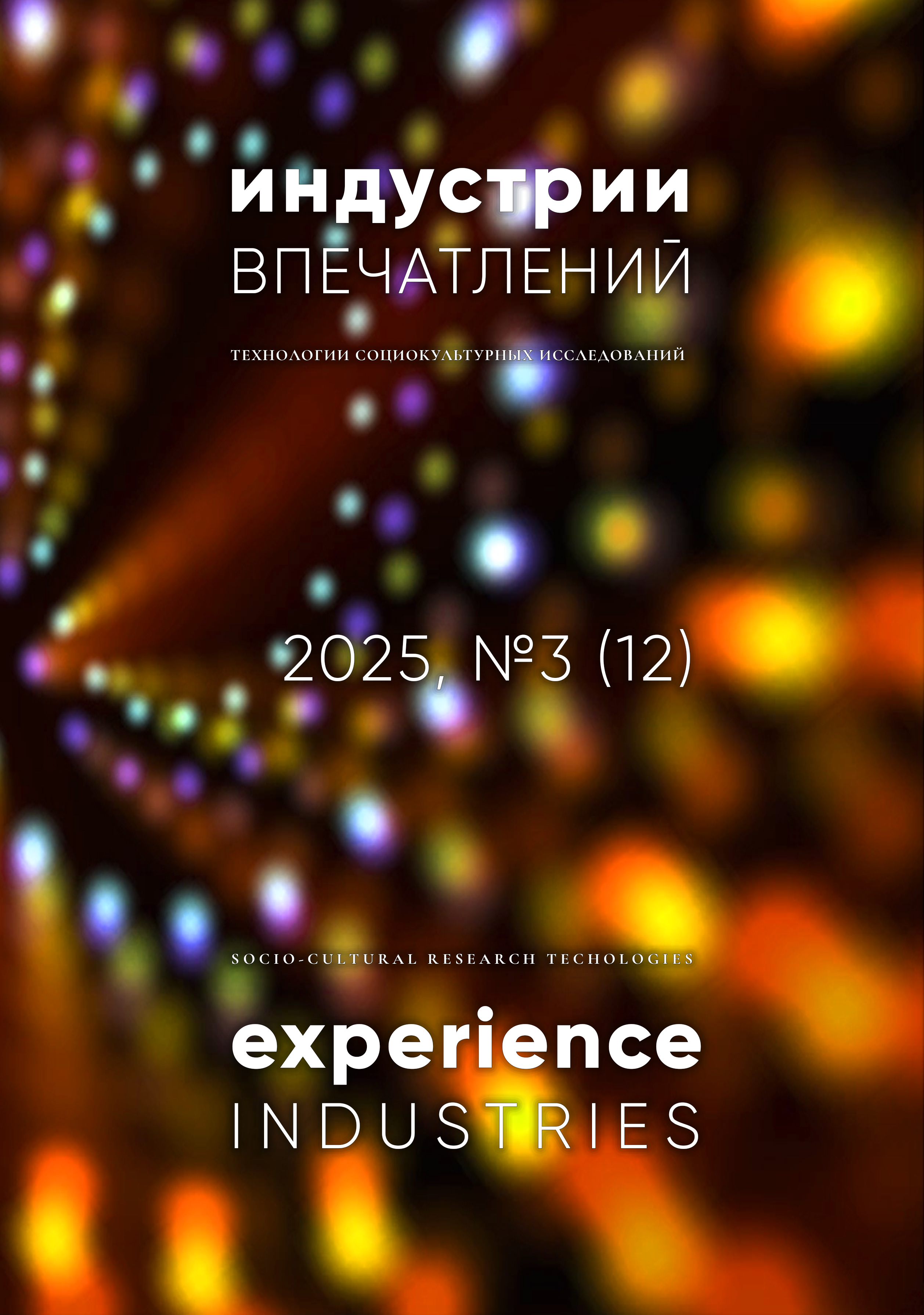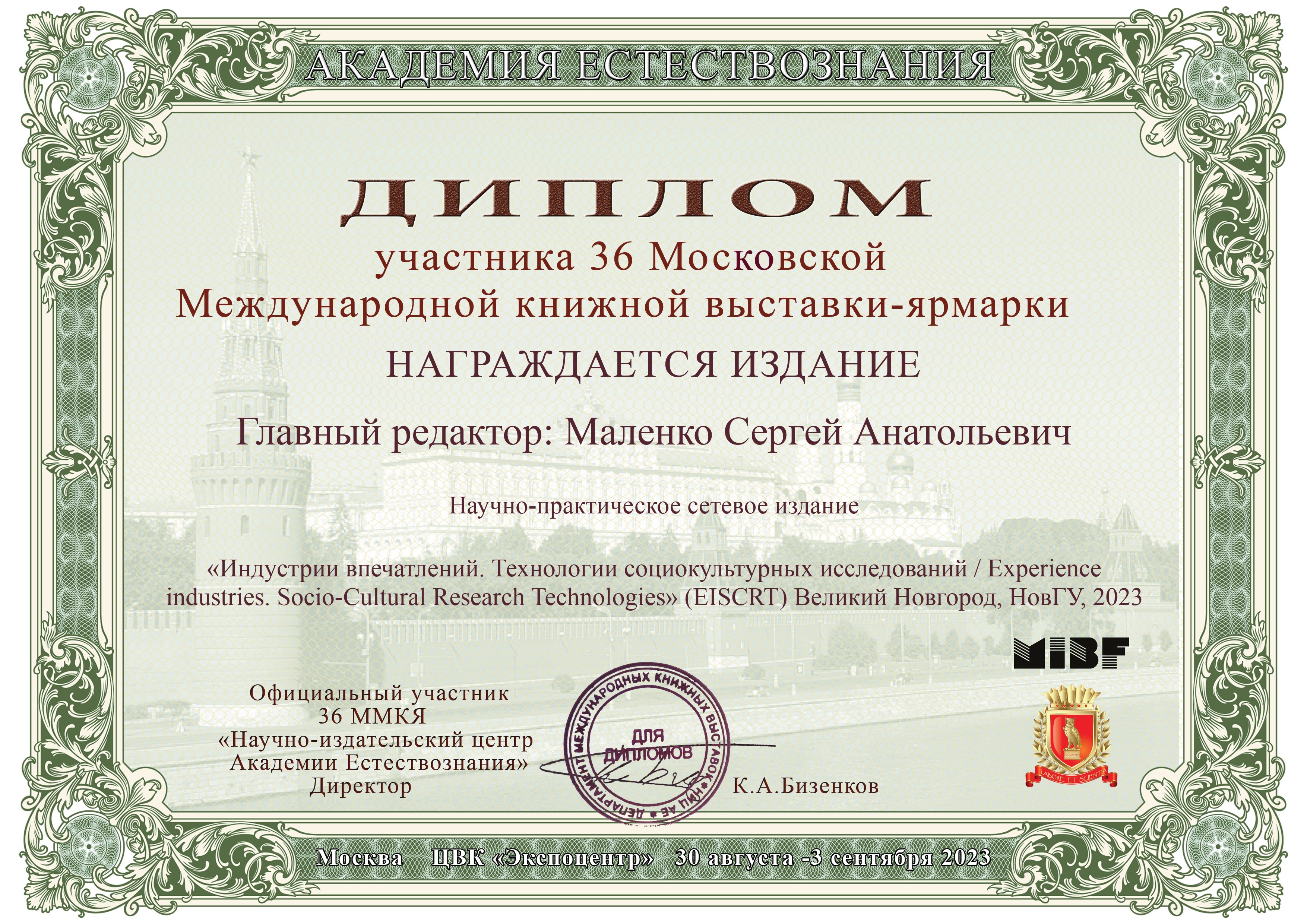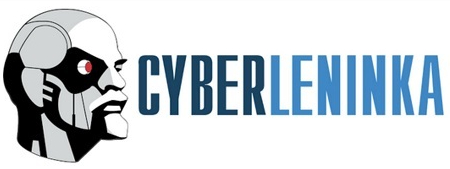CLICK CULTURE: DYNAMICS OF MEDIA CONSUMPTION AND PRODUCTION IN THE DIGITAL AGE
DOI:
https://doi.org/10.34680/EISCRT-2025-3(12)-195-231Keywords:
acceleration, society, culture, sociocultural transformations, clip thinking, mass media, social networks, social media, new mediaAbstract
The 21st century has seen the emergence of a fundamentally new global information ecosystem, characterized by the explosive development of digital communication technologies. Traditional media have been replaced by social networks, blogs, instant messengers, and user content platforms, forming and continuously developing the already complex architecture of “new media”. This transformation has not only changed the channels for disseminating information, but has also given rise to a qualitatively different culture of its production, processing, and perception. In the context of total digitalization, the media text itself is continuously undergoing fundamental restructuring, increasingly acquiring the properties of multimedia, interactivity and hypertextuality. In parallel, metamorphoses of the information consumer itself are taking place, transforming into an active prosumer (consumer-producer of content). These processes are closely interconnected with the global socio-cultural acceleration, described in detail in the works of H. Rosa and P. Virilio. Temporal acceleration is also manifested in the reduction of the life cycle of information, the clip nature of its consumption, as well as in the formation of a new type of thinking. The article provides a comprehensive analysis of the dialectical relationship between the evolution of the media system and the acceleration of social processes, examines the mechanisms of their mutual influence and the effects they generate in various areas – from cognitive changes to the transformation of the public sphere. Particular attention is paid to the phenomenon of clip consciousness as a key marker of the new media paradigm.








